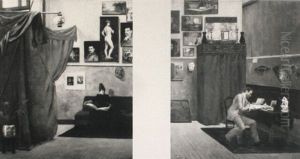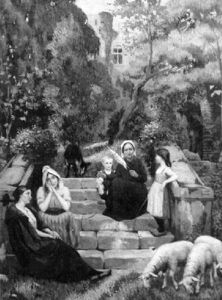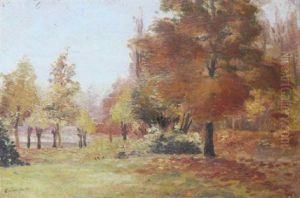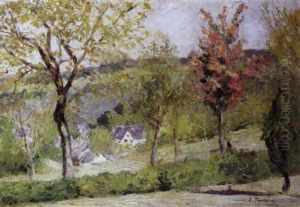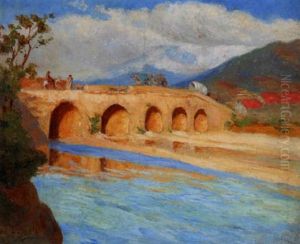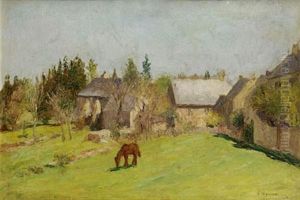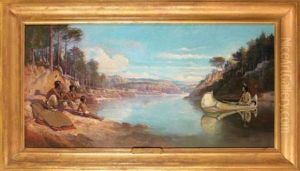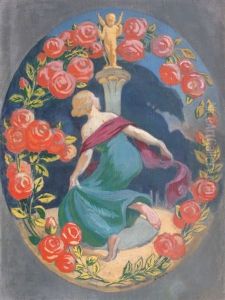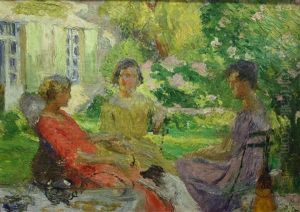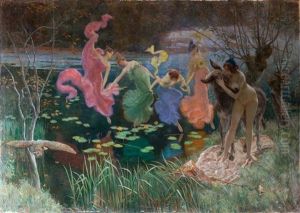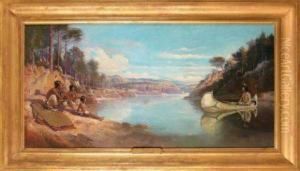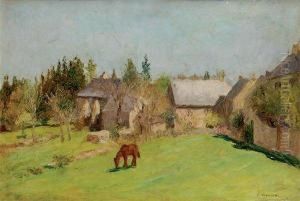Edmond Tapissier Paintings
Edmond Tapissier was a French painter and illustrator born on November 11, 1861, in Lyon, France. He was known for his contributions to the Art Nouveau movement, which was popular from the late 19th century until World War I. Tapissier's work was characterized by its ornamental style and often featured floral patterns, naturalistic themes, and a vibrant use of color, which was typical of the Art Nouveau aesthetic.
During his lifetime, Tapissier was primarily recognized for his decorative arts and illustrations. He produced designs for wallpapers, fabrics, and various other decorative objects. His illustrations appeared in periodicals and books of the time, contributing to the popularization of Art Nouveau visual language. Tapissier was also a member of the Société des Artistes Français, where he exhibited his work regularly.
Despite his involvement with the Art Nouveau movement, there is not a wealth of information available on Tapissier's personal life or his artistic development. He lived through a transformative period in art history, witnessing the transition from traditional academic art to modern movements. However, Tapissier's work did not gain the same level of recognition as some of his contemporaries, such as Alphonse Mucha or Gustav Klimt, who are often more closely associated with the iconic imagery of Art Nouveau.
Edmond Tapissier's career spanned several decades, and he continued to work until the latter part of his life. He died on May 28, 1943, in Paris, France. While his name may not be as widely recognized today, his contributions to the decorative arts of the Art Nouveau period form part of the rich tapestry of art history. His works are part of collections in museums that focus on decorative arts and Art Nouveau from the turn of the century.


